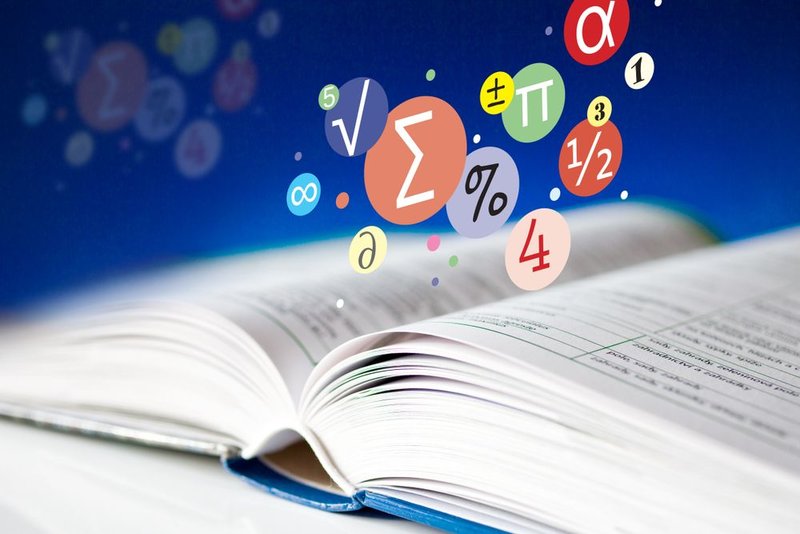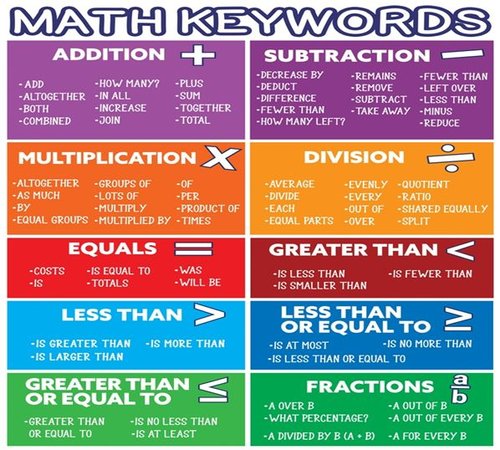
We aim to give food for thought as well as inspiring your creativity and
providing practical ideas you can’t wait to implement in your own settings!
Language and Communication in Maths

Let’s begin with a familiar situation for many teachers. Picture yourself observing a child independently completing a maths assessment. Arithmetic completed; they are onto the reasoning questions. On the outside you are professional, calm, and supportive, but on the inside your heart is racing. At last, you think, a question I know they can do. We covered this only recently.
And then the realisation hits you! The answer they are writing, or have written, is wrong. Not just wrong but completely, and utterly wrong. They’ve added instead of multiplying, worked out the median rather than the mean, found the product instead of the total. And, in that moment, there’s nothing you can do about it.
Why is this situation familiar? After fourteen years teaching Key stage 2 Maths, I believe the reason is simple. The child did not understand the question.
The language of maths
Words such as radius, equivalent, vertices, regular, formula and estimate rarely feature in conversations between 10- and 11-year-olds, yet to answer questions in their 2023 Key Stage 2 Mathematics papers, they needed to understand all of them. It is vital that we as teachers recognise and prepare our children for this. Of course, our role is much more than merely preparing children for assessments. In his TED talk, Dr Randy Palisoc states that Maths is a human language, a means of communication just like English, Spanish or Chinese. It is vital that we explicitly teach this language, encouraging children to use it from an early age. Doing so will develop their communication skills and breed the confidence needed to undertake mathematical problems later in life. It will also help children with different forms of SEND, or with English as an additional language to participate on equal terms with their peers.
How, then, can teachers develop and encourage children’s mathematical vocabulary? Here are some ways in which I do this in my classroom.
1) Introduce, model and use mathematical language in every lesson.
Early within my Maths lessons, I explicitly introduce two or three mathematical words. These might be new words, or words we have previously used within the unit of work. We say the words together, and then I ask children, with their partners, to choose a word and clarify it by writing, or drawing, their understanding of it. Having done, so, I ask them to explain the word and their understanding of it to a partner. This allows me to eavesdrop on mathematical conversations and identify misconceptions (favourites include ‘equals is what you write before the answer’ and a picture of a football pitch, complete with corner flags, to illustrate vertices). I then write the words on the board or working wall, adding a child’s clarification underneath. When the words appear later in the lesson, we refer back to our chosen definitions.
Former pupils of mine will also testify that I have a weakness for (terrible) maths vocabulary jokes that I inflict upon them on a regular basis. Why is the x axis called the x axis? Because it’s across.

2) Don’t be afraid of talk in Maths.
I have always felt uncomfortable with silent working during Maths. Maths is a subject that requires regular, on task talk. Many teachers fear that children talking during lessons is indicative of poor behaviour management, so to keep children on task, it is important to structure their conversations for them. Sentence stems are key here. Upon our teaching slides, and written on many questions, I write the words I want the children to say. Some of these are topic specific, such as
The two multiples of ten the number lies between are ______ and _______ (for rounding)
The whole is divided into ________ equal parts. _____ parts have been shaded (fractions).
Others are more generic and applicable to reasoning problems such as
I think… because….
Another way to do it is….
These sentence stems serve as scaffolds for children’s talk. They encourage children to feel confident when expressing their ideas, and help teachers to challenge the child who says, “I just know it, I did it in my head.” I usually model the use of sentence stems, then encourage children to use them. When I hear them, I praise children. When I see them written down, I am delighted.
3) Pose questions that encourage discussion.
Working in tandem with the use of sentence stems, I try to ask children open questions. Some of my favourites are…
i) Which is the odd one out?
ii) Is my answer correct or incorrect?
iii) Oops, what went wrong?
iv) What is the same? What is different?
v) How many ways can you represent?
I would always expect children to discuss their answers with a partner, using the displayed sentence stems to scaffold their discussion. I would also expect feedback from each pair. This is always given in a low stakes environment in which it is OK to make mistakes and to build upon another child’s idea.
4) Real life reference points.
My final tip for developing children’s vocabulary in Maths is to make it real. When the mind is presented with new information, it searches the long-term memory for any prior knowledge that will support with the understanding and processing of the concept. Knowing this can help teachers to embed mathematical vocabulary. Your children may not understand the concept ‘negative’ numbers, but they will understand how cold it felt on a snowy day. The concept of the difference is more readily understood when related to Manchester United’s goal difference, and children’s knowledge of co-ordinates is often derived from Minecraft. I often share real life examples when my teenage daughter asks me “When will I ever use this (Maths) in my life?” And yes, she does then roll her eyes at me.
Within this short article, I have tried to highlight the importance of language and communication in Maths. It is important as a means to understanding questions, but we must recognise that Maths itself is a language, a means of communication that we must help children to understand. I have also tried to share my experiences, alongside some tried and tested methods. How do you model and teach mathematical vocabulary? Do let us know if you have any great tips on this topic.
With many thanks to Mike Kinnear for writing this article.
Mike is a primary teacher and a member of the EuHu teacher board.